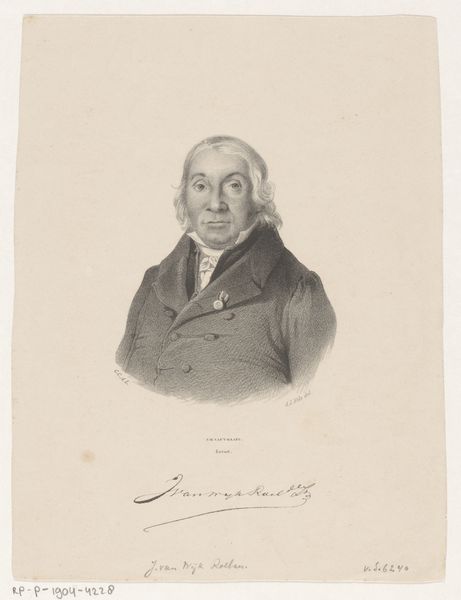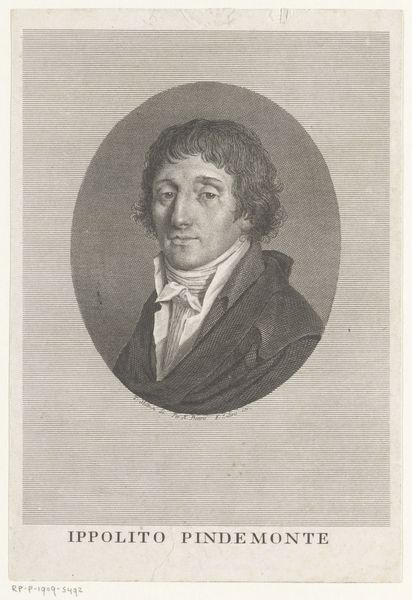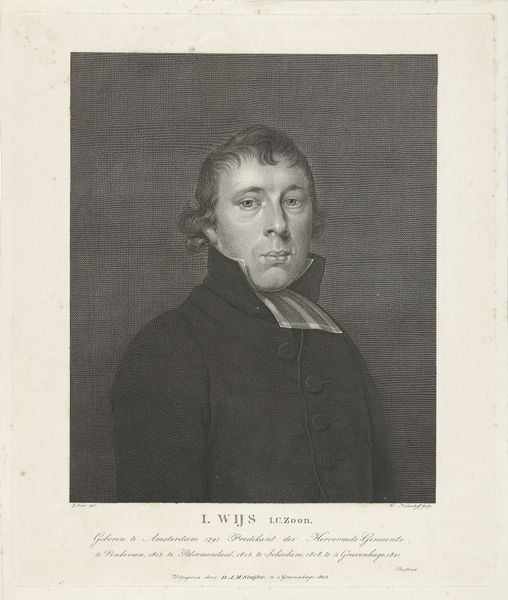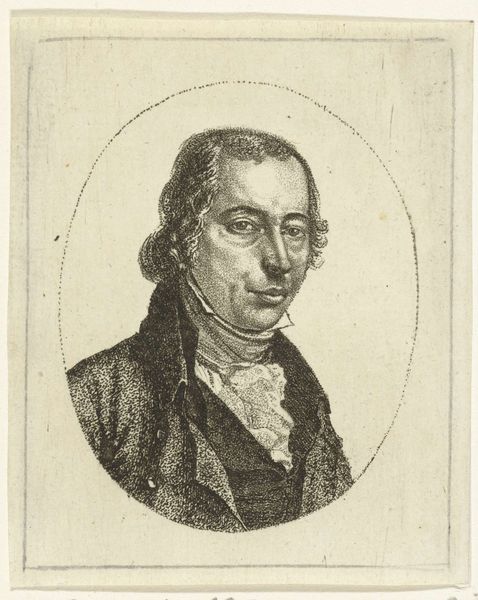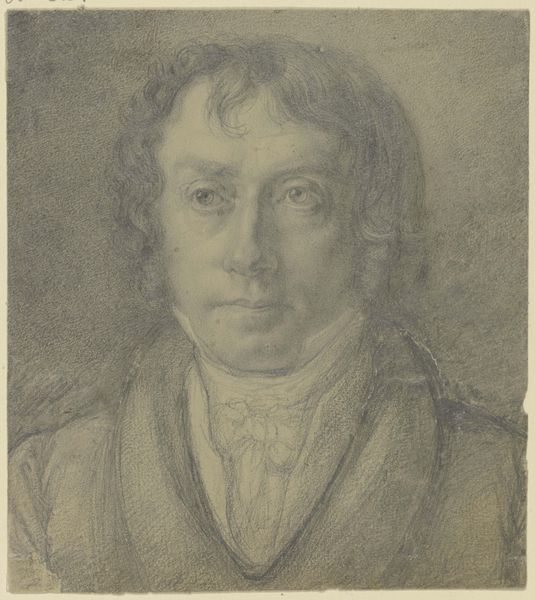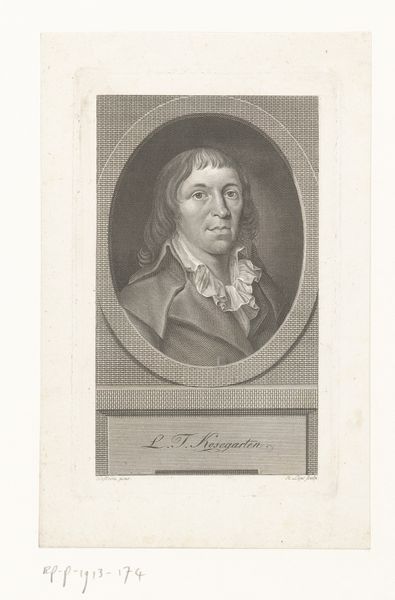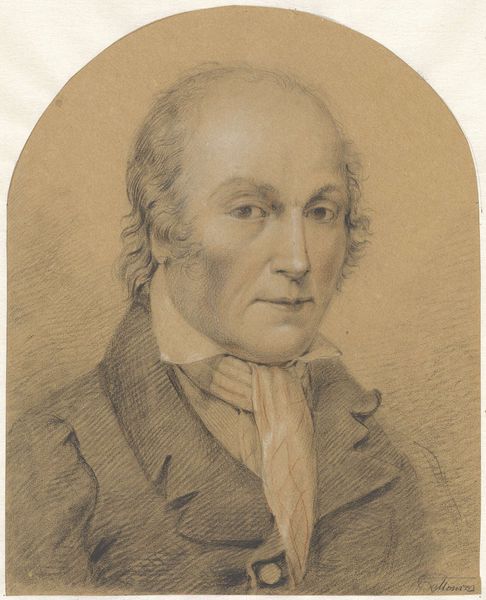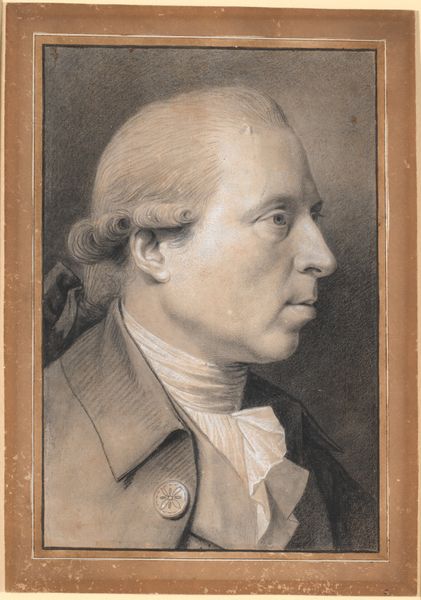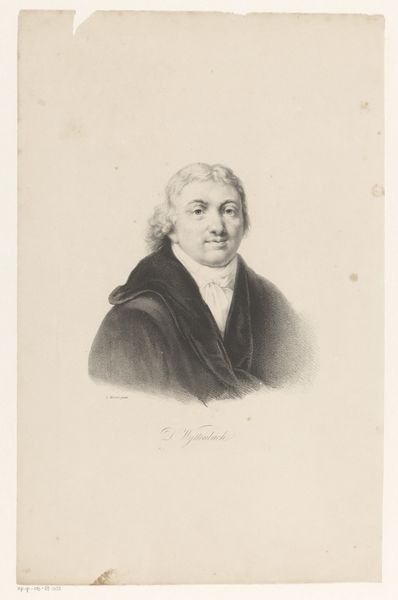
Bildnis L. Manuel, Pfarrer der französisch reformierten Gemeinde zu Frankfurt am Main
0:00
0:00
drawing, paper, pencil
#
portrait
#
pencil drawn
#
drawing
#
neoclacissism
#
facial expression drawing
#
light pencil work
#
16_19th-century
#
pencil sketch
#
paper
#
portrait reference
#
german
#
pencil drawing
#
pencil
#
yellow element
#
limited contrast and shading
#
portrait drawing
#
pencil work
Copyright: Public Domain
Curator: Here we have a pencil drawing entitled "Bildnis L. Manuel, Pfarrer der französisch reformierten Gemeinde zu Frankfurt am Main" by Johann David Passavant, currently held in the Städel Museum collection. Editor: My initial impression is one of restrained composure. The limited contrast lends it an air of almost fragile dignity. Curator: It's fascinating to consider the process. The artist, Passavant, born in Frankfurt, clearly utilizes the medium of pencil to capture the likeness and perhaps the essence of Pastor Manuel. Pencil as a medium was increasingly prevalent during this period for preparatory sketches, and independent works, especially among middle-class artisans. The choice signals accessibility, perhaps resonating with the values of the Reformed community the subject served. Editor: Precisely. Note the skillful hatching which delineates form, and constructs this cleric's image. The way the light catches the side of his face—a classical compositional strategy for conveying solemnity and integrity, further augmented through limited shading. The execution, the artist's focus on delicate linearity over dramatic tonal shifts—it evokes an ideal of quiet reflection, an echo of neo-classical sensibilities. Curator: Indeed. And to delve deeper, let's consider the context of Pastor Manuel himself, ministering to the French Reformed community. These communities held significant social and economic influence, the image likely spoke to patrons about how a particular community member was viewed in society, his stance, etc. The image also alludes to shifting social power at the time, due to the rise of middle-class reformers. Editor: Beyond social considerations, examine the meticulous detail in rendering the pastor's garments, that neck ruff—a visual anchor adding texture and intricacy that the pencil medium really accentuates! It balances the overall visual restraint, and helps articulate class in a unique medium compared to say, oil on canvas at the time. Curator: Ultimately, Passavant's choice of a medium accessible to emerging reformers underscores how art creation was used to meet new societal demands. It's more than a drawing; it embodies the nexus of religion, labor, social identity, and material production within Frankfurt. Editor: Agreed. This understated portrait opens our eyes to consider materiality in novel, fascinating ways, helping us see how form can quietly amplify ideas regarding process, the values and ethos of an era, while offering space to contemplate social significance of representation.
Comments
No comments
Be the first to comment and join the conversation on the ultimate creative platform.
